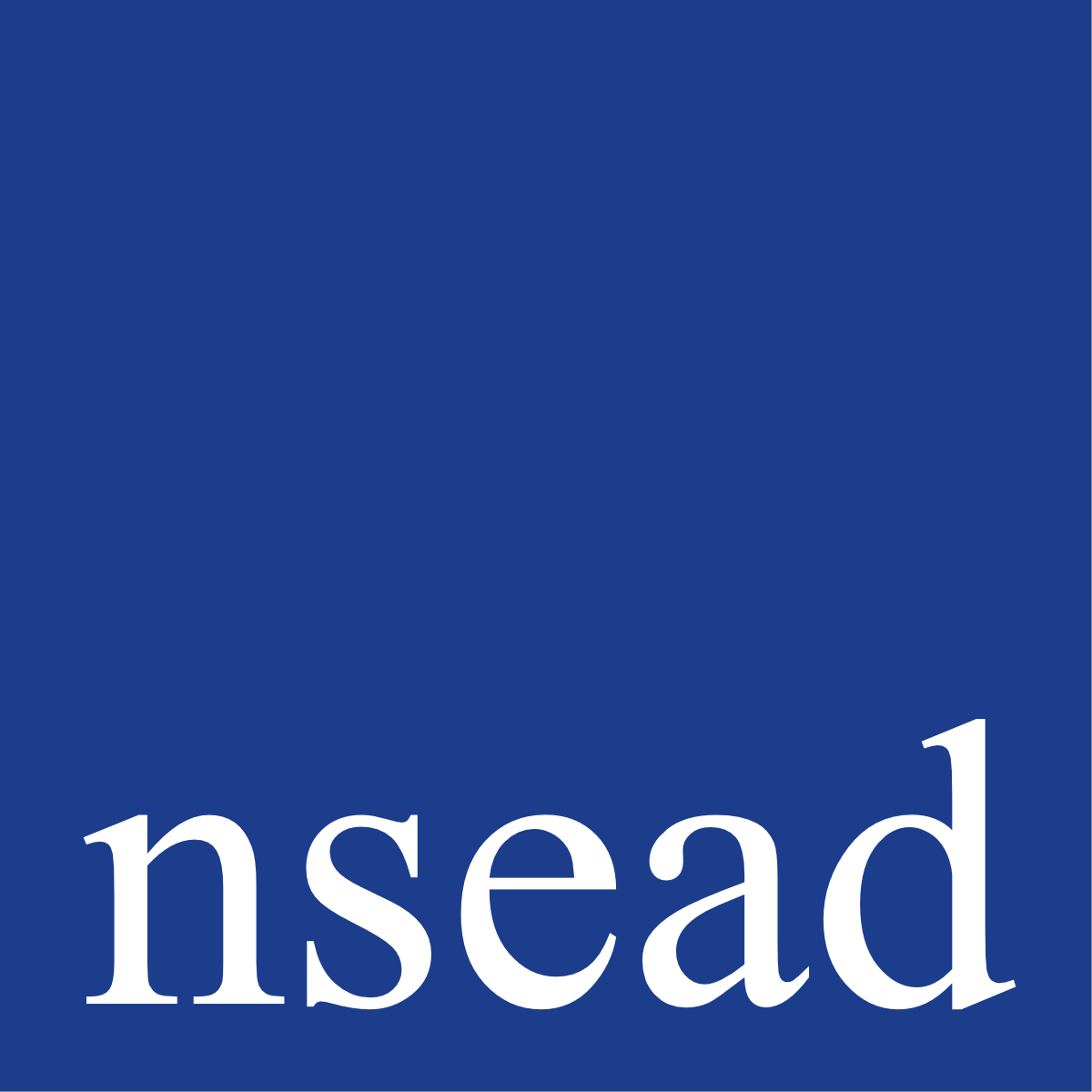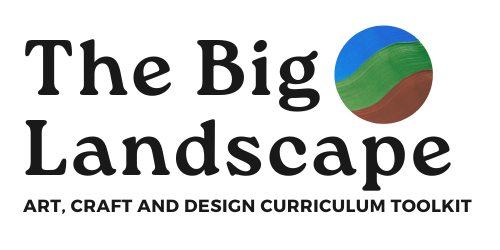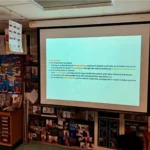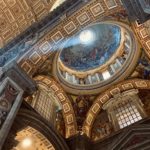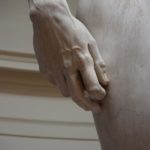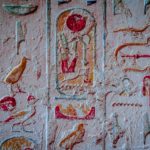In the same way that literacy enables us to read, interpret and communicate using the written word, visual literacyVisual literacy is the ability to interpret, negotiate, and make meaning from information presented in the form of an image, extending the meaning of literacy,... refers to the ability to interpret and create visual images and communicate ideas and meaning.
It applies to, not only traditional artArt refers to a diverse range of human intellectual and expressive activities and the outcomes of those activities. Within this context art is further defined... forms, areas of designDesign shapes ideas to become practical solutions and propositions for customers and users. Design is all around us, everything man made has been designed. The... and architecture, but also digital and contemporary mediaDifferent materials used by artists, such as paint, charcoal, clay and thread. Media is the plural of MEDIUM. In this context, it refers to the... such as installationInstallation art describes an artistic genre of site-specific, three-dimensional works designed to transform the perception or shape of a space, film and video.
See also the Big Landscape 'How' Block titled Virtual and Digital here.
Visual literacy is important due to the increasing use of visual communication and multimedia in modern society.
Developing visual literacy skillsTechniques and attributes acquired through learning, engagement and practice enables students to understand and communicate ideas and information effectively and more rapidly than text alone. It allows them to analyse and interpret visual messages, which are increasingly prevalent in the modern world and through digital cultureThe behaviours, beliefs and activities of a social, geographical, age defined or ethnic group of people, to include their artistic and creative pursuits.
Students' ability to understand and use visual codes and conventions will enable them to develop the ability to create their own original work and express themselves through art.
Visual literacy can enhance students’ critical thinkingThe ability to reason, ask questions, debate and challenge what is presented to you. skills (see Big Landscape Critical and Contextual Thinking) and help students understand the viewpoints of others.
It can also lead to greater insights and understanding, with an appreciation of different communities, cultures and history, broadening students’ global knowledgeFacts, information, and skills acquired through experience or education; the theoretical or practical understanding of a subject..
Visual literacy is essential across the curriculumIn education, a curriculum (or curricula) is broadly defined as the totality of student experiences that occur in the educational process. The term often refers specifically to a planned... wherever learnersA learner is an individual who is willing to learn and understand new things. Learning is a process of understanding and acquiring knowledge of new... need to visually read, analyse, interpret and understand visual information. For example, in history and geography, historic paintings, buildings, maps, photographs and images of landscapes all require visual interpretation to gain insights.
Similarly, illustrations and diagrams in books require visual literacy to extend text-based informationText-based also refers to documents that contain only text, such as program source code, batch and shell scripts as well as HTML and XML files. Text-based... and in languages, the semiotics of a culture (the signs and symbols used and their interpretation) can help us read and better understand the functions of a society.
Art educators will encourage their learners to be aware of the visual environment that has been created and teach how to recognise, understand and ultimately use the visual languages that they encounter.
Visual literacy can also include:
- PerceptionVisual perception, which is the ability of the artist to recognize and understand visual phenomena and aesthetic clues, is fundamental in creating and responding to works... and ConceptionConception means any idea or concept, or a sum of ideas and concepts. Conception is concerned with conceptual and cultural constructs of different forms of art....
- Art History
- Critical and Contextual Thinking
Applying the study of art, craftCraft can be designed as intelligent making. It is technically, materially and culturally informed. Craft is the designing and hand making of individual objects and... and design can cover:
- Research
- Study
- Analyse
- Classify
- Label
- Critique
- Describe
- Explain
- Explore
- Evaluate
- Annotate
- Respond
- Review
- Reflect
- Write
- Draft
- Discuss
- Label
- Appreciate
- Communicate
- Qualify
This can be achieved when using, learning and applying this when ‘meaning-making’:
- Reading
- Writing
- Recording
- Visual Research
- Annotation
- Scanning
- Selecting
- Explaining
- Discussing
- Evaluating
- Analysing – for example, the impact of social, cultural and other influences on the work and practice of artistsPeople who are engaged in a broad spectrum of visually led ideas and activities aligned to the expressive arts, makers and designersPeople who are engaged in the production of functional products, services and systems.
- Understanding the aesthetic of diverse cultures and times can help learners to define their own aesthetic, taste and style.
